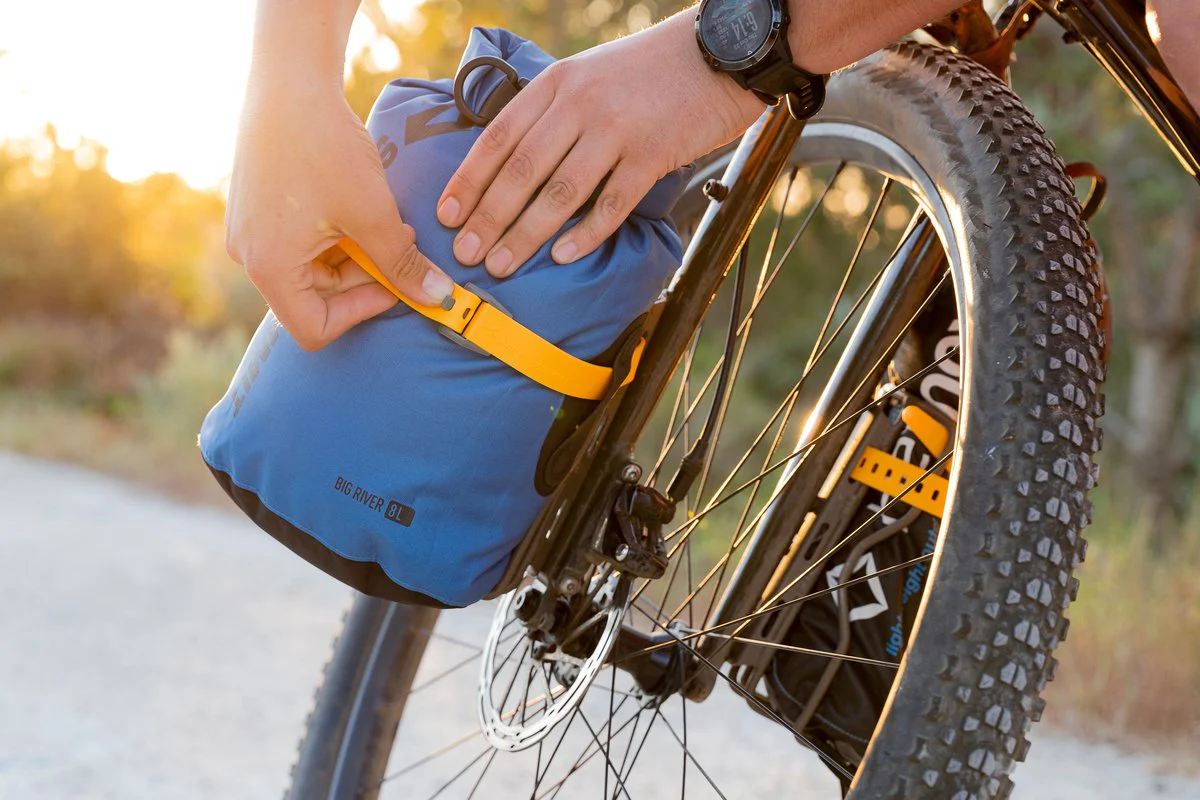
Guide to Bikepacking
As you may be able to guess, bikepacking is closely related to backpacking! If the latter is carrying your belongings on your back while you walk across the country, bikepacking is doing the same on a bicycle.
Bikepacking would usually entail travel across rural or remote areas. Think along the lines of dirt tracks, single carriageways and gravel paths. As you are travelling by bicycle, you might realistically expect to cover more distance than you would on foot. This means you might encounter several small towns along your route which are ripe for exploration.
Sounds fun? Bikepacking can certainly be an incredible experience either alone or with friends and family. It offers solitude and a chance to explore areas of the country you would never normally get to see.
What does bikepacking involve?
As a bikepacking novice, what can you expect as you take on your first adventures?
- Expect some similarities to camping. Unless you choose to cycle to small motels every night, you will be sleeping under the stars. This is how we recommend you experience bikepacking! Take a tent, materials for campfires and warm clothing.
- Don’t expect a routine! One day you might be grilling burgers in the middle of nowhere on a sunny afternoon, but the next day you might find yourself sheltering from heavy rain under a tree. Bikepacking across the country is an outdoor adventure that might test your mettle at times.
- Knowing how to repair your bike. As you take your bike across miles of unsteady terrain, you might have a malfunction or two. It’s important to know how to fix your bike if things come unstuck, as well as knowing some basic wilderness first aid.
How to get started with bikepacking
Looking for a simple guide on setting up your first bikepacking adventure? Here are a few initial steps you might want to take:
- Get any bike you can! Of course, a bike that is suited to rocky terrain would be best, but you can go bikepacking with any bike.
- Attach camping gear to your bike. Some popular spots include the handlebars and under the seat.
- Pack all of your other necessities into a bag for you to wear on your back. These might include a sleeping bag, clothes, food and water.
- Ride your bike across a rural area to somewhere you can sleep outdoors.
Those are the basic steps to going bikepacking! Be sure to have an exit plan on your first couple of adventures. If you’re new to bikepacking, things might not go as you expect, so be sure to know how to get back home.
A beginner-friendly gear setup
Beginners might not know exactly how to carry all the things they need. Instead of strapping questionable amounts of bags to your bike, take a look at this quick guide to gear setup:
- Daypack. Perfect for carrying around lighter items you’ll need with you all day.
- Dry bag. This gets secured to a rear rack on your bike, and is designed to carry bulkier items.
- Handlebar bag. Perfect for attaching to your handlebars, you want light or medium items here. Think along the lines of your tent or sleeping bag.
- Water bottle cages. Attach some special cages to the center of your bike for carrying water bottles.
- Panniers. These are designed for heavier items like portable stoves or grills.
Now you know the basics of bikepacking, you should be excited to go on your first adventure across rural terrain! Just remember the essential safety tip of knowing your way out should things not go as you expect.
--
Jack Vale is a writer from Happy Writers, Co. in partnership with PAKMULE® cargo hitch carriers. 


Leave a comment